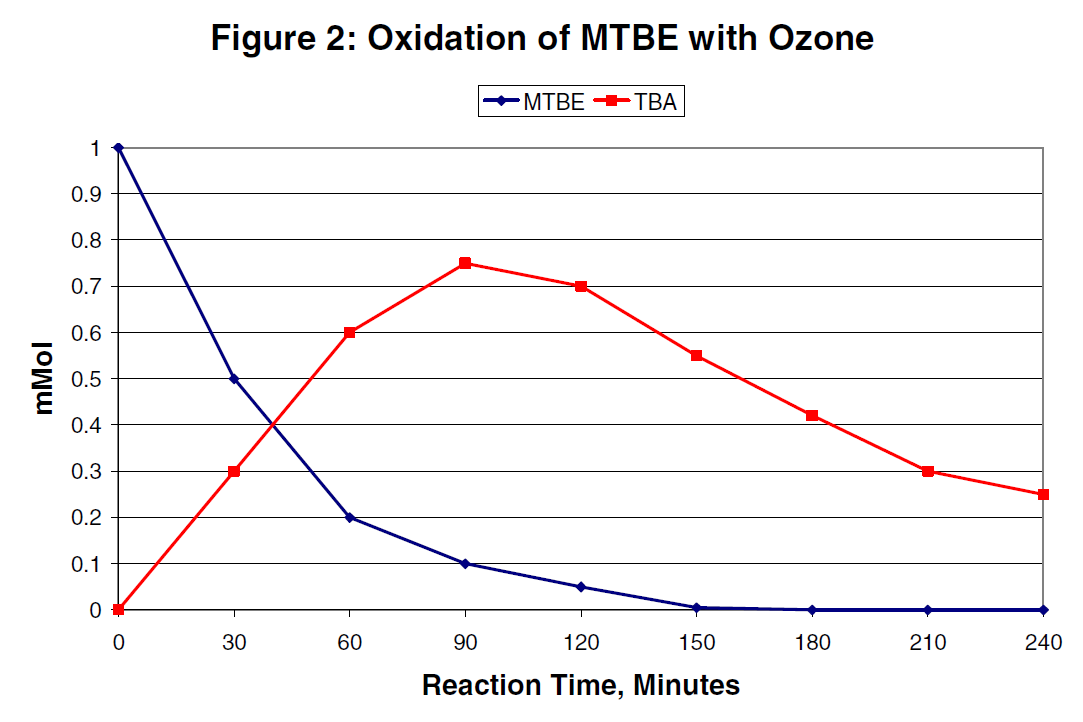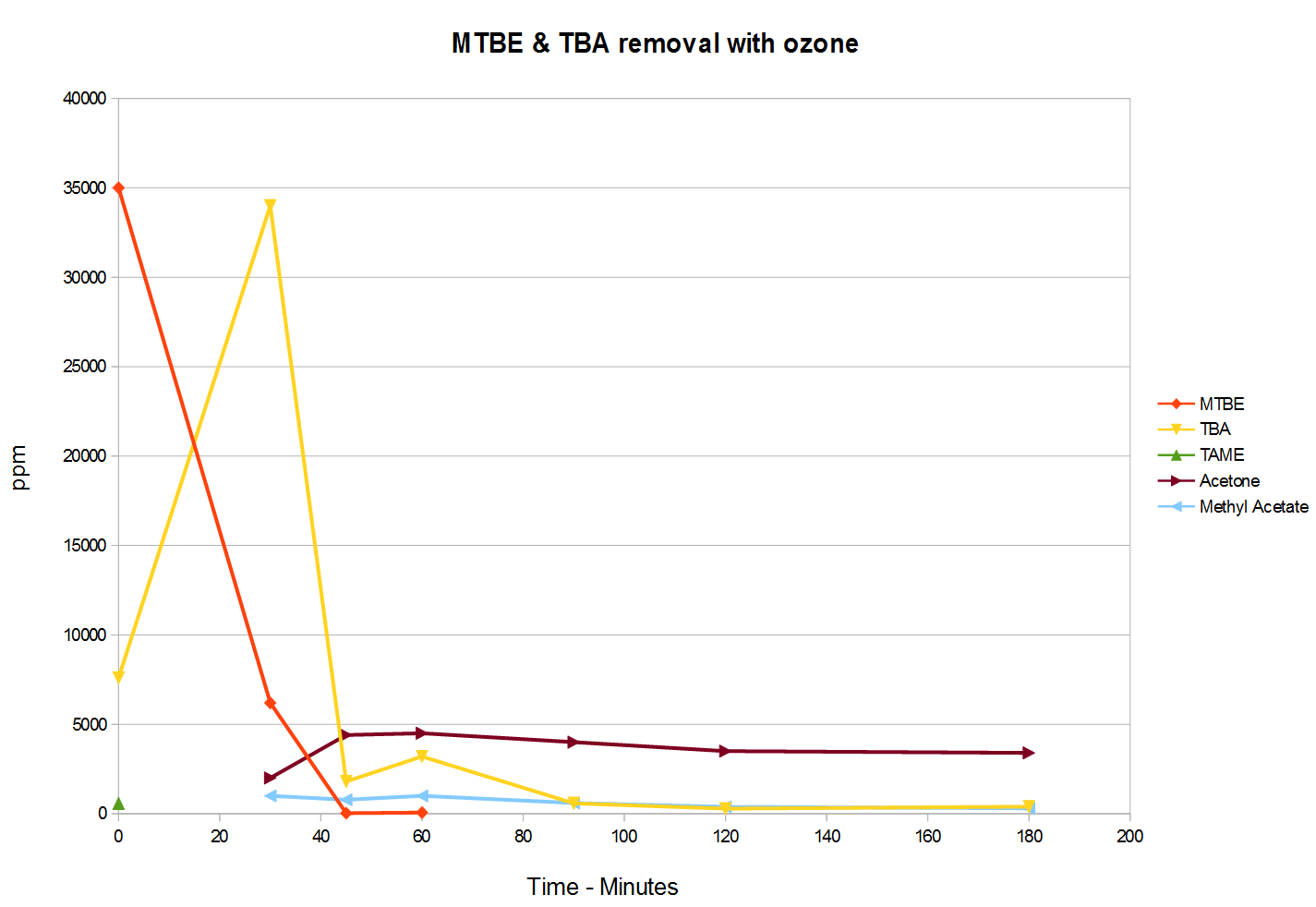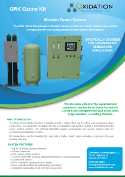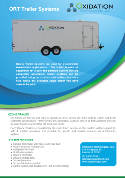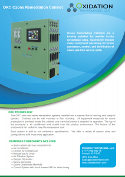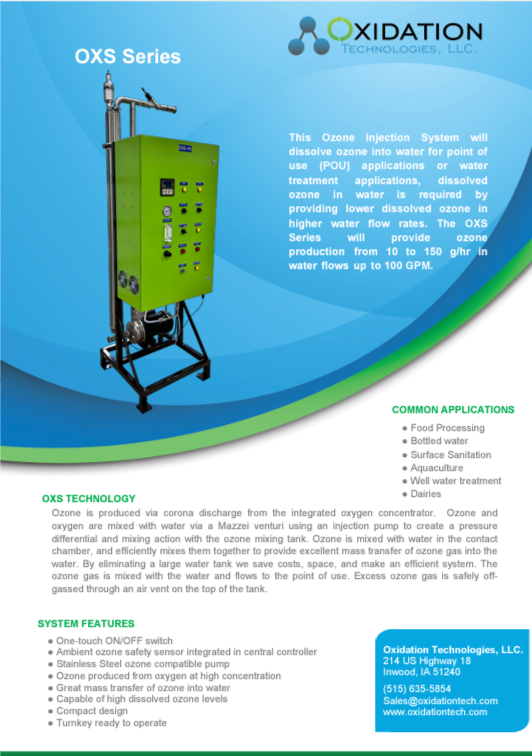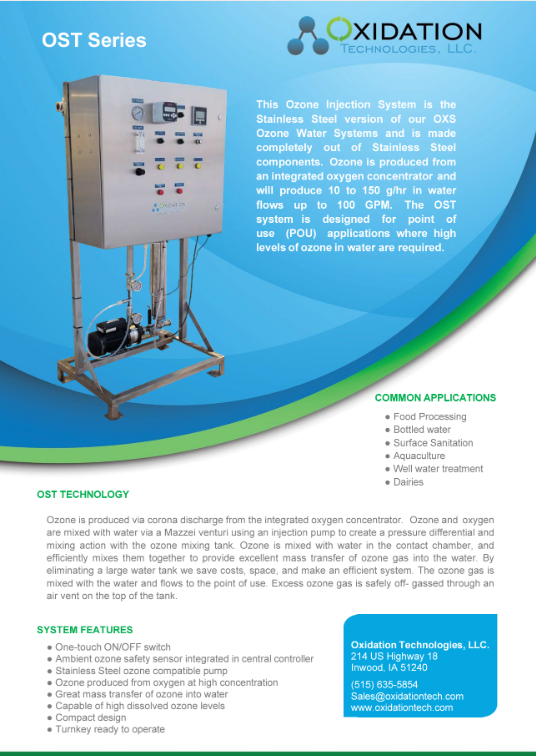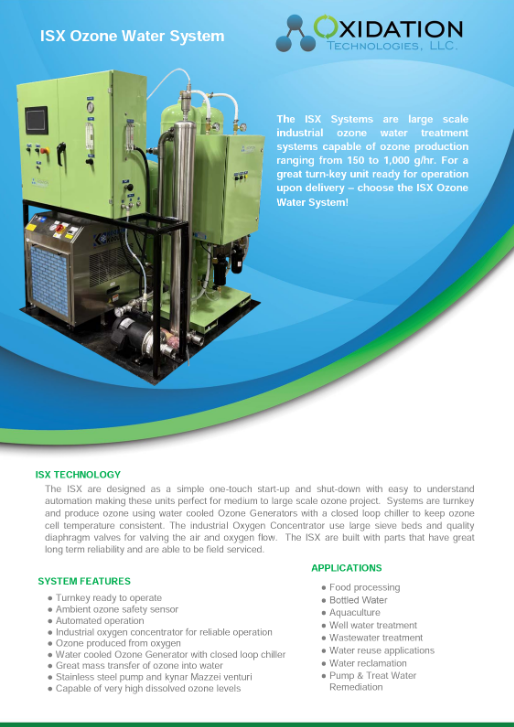TBA Removal with ozone
tert -ytyl alcohol (TBA) oxidation via ozone is widely used in remediation applications using either in-situ or ex-situ methods. TBA is fully oxidized by ozone leaving trace levels of by-products that are also fully oxidized by ozone to carbon dioxide, water, and formate.
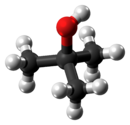
TBA is used as a solvent and ingredient in some paint removal chemicals, more commonly TBA is used as a compound for MTBE and ETBE used as oxygenates in gasoline. The most common source of TBA contamination in groundwater is a result of gasoline contamination. TBA is also created as MTBE breaks down naturally or from oxidation in groundwater.
TBA can be oxidized from water by ozone when found alone, or as a result and in combination with MTBE. As many of the sites we have dealt with are contaminated with both TBA and TBA most of the case studies and literature shown here will show both TBA and MTBE removal via ozone.
Ozone is commonly used for MTBE oxidation in groundwater via in-situ oxidation. This is common as MTBE is rapidly oxidized with ozone directly in the aquifer. However, as MTBE is oxidized TBA is formed at close to a stoichiometric rate. TBA oxidizes slower than MTBE bud does oxidize completely over time. See chart directly below for a great example:
Image from: Chemical Oxidation of MTBE and TBA
The chart above shows a great example of TBA production from MTBE oxidation. In this test initial levels of TBA in water were near zero. MTBE was oxidized quickly via ozone with TBA creation as the by-product. TBA was also oxidized from water via ozone, but at a much slower rate.
Our Results:
We have used ozone for TBA and MTBE removal for both in-situ and pump-and-treat applications with great success. TBA oxidation is completed quickly and completely with ozone. We have found no benefit to the addition of H2O2 with this process, other than to aid in the oxidation of other compounds that may be found with the TBA and MTBE.
Pump-and-Treat Pilot Test:
The chart shown below was generated based on data obtained from a pump-and-treat pilot test performed by a customer of ours. This shows the removal of TBA and MTBE in a pump-and-treat pilot test.
This water was contaminated with a large amount of MTBE with some TBA and a small amount of TAME. As MTBE does break down naturally into TBA over time, it is common to find levels of TBA in combination with MTBE prior to remedial action taken. These results show that the TAME was removed from the first sample taken. The MTBE was removed rapidly converting to TBA at a near stoichiometric rate. TBA was also removed over time from this water. Small amounts of acetone and Methyl Acetate were also produced as by-products. These are both fully oxidized from water with ozone over time.
For full details on this test and full results, please contact our office.
In-Situ Remediation:
For in-situ chemical oxidation applications, we offer a variety of systems and options. Complete turn-key trailers are commonly used. We also offer modular system to allow the end-user to install the system in an existing enclosure on-site. This may be helpful for a retrofit, or to lower costs by using existing infrastructure.
In these applications, ozone is produced as a gas from oxygen. This ozone is pushed through tubing to the bottom of a well and diffused at the bottom of the well in the water table. Ozone will dissolve into water in an area around each well treated breaking down the TBA in that area. The ozone system will normally treat multiple wells on a single site by switching between wells periodically. As ozone has a half-life and will continue to break-down TBA after sparging is shut-off there is added benefit to treating 15 wells with a system that has the capability of sparging to only 5 wells at a time.
Pilot systems are also available for In-situ remediation for short-term tests. We currently have ozone trailers available for these applications
- Trailer mounted ozone systems
- Modular ozone systems
- Cabinet mounted ozone systems
- All new ozone systems for remediation applications
- Pilot systems currently available
Pump and Treat:
This refers to any system that will treat water in a flow or process. We offer ozone injection systems that are typically skid mounted to be installed in existing infrastructure. A standard ozone water system will consist of an ozone generator that generates ozone from oxygen, an ozone injection pump and venturi to dissolve ozone gas efficiently into water and an ozone mixing tank to allow ozone gas time to dissolve into water, while off-gassing excess ozone from the process.
Very little contact time is required for TBA reduction in water. What is needed is sufficient contact time to fully oxidize TBA and other potential by-products produced from TBA oxidation. Exact ozone dosage rate, contact time, and technology used should be based upon the levels of TBA in water and the other potential contaminants found in the water.
Pilot test systems are available, we can also provide bench-scale testing services to determine if ozone is a viable option for your water.
Technical Documents:
Below is a series of papers and documents outlining practical and laboratory success in the elimination of TBA from water using ozone, or ozone AOP processes.
- Chemical Oxidation of TBA and MTBE
- Treatment of TBA at Garden Grove Service Stations
- Degradation of tert-Butyl alcohol in Dilute aqueous solution by an O3-UV process
- Treatment of Groundwater contaminated with gasoline components by and ozone/UV process


